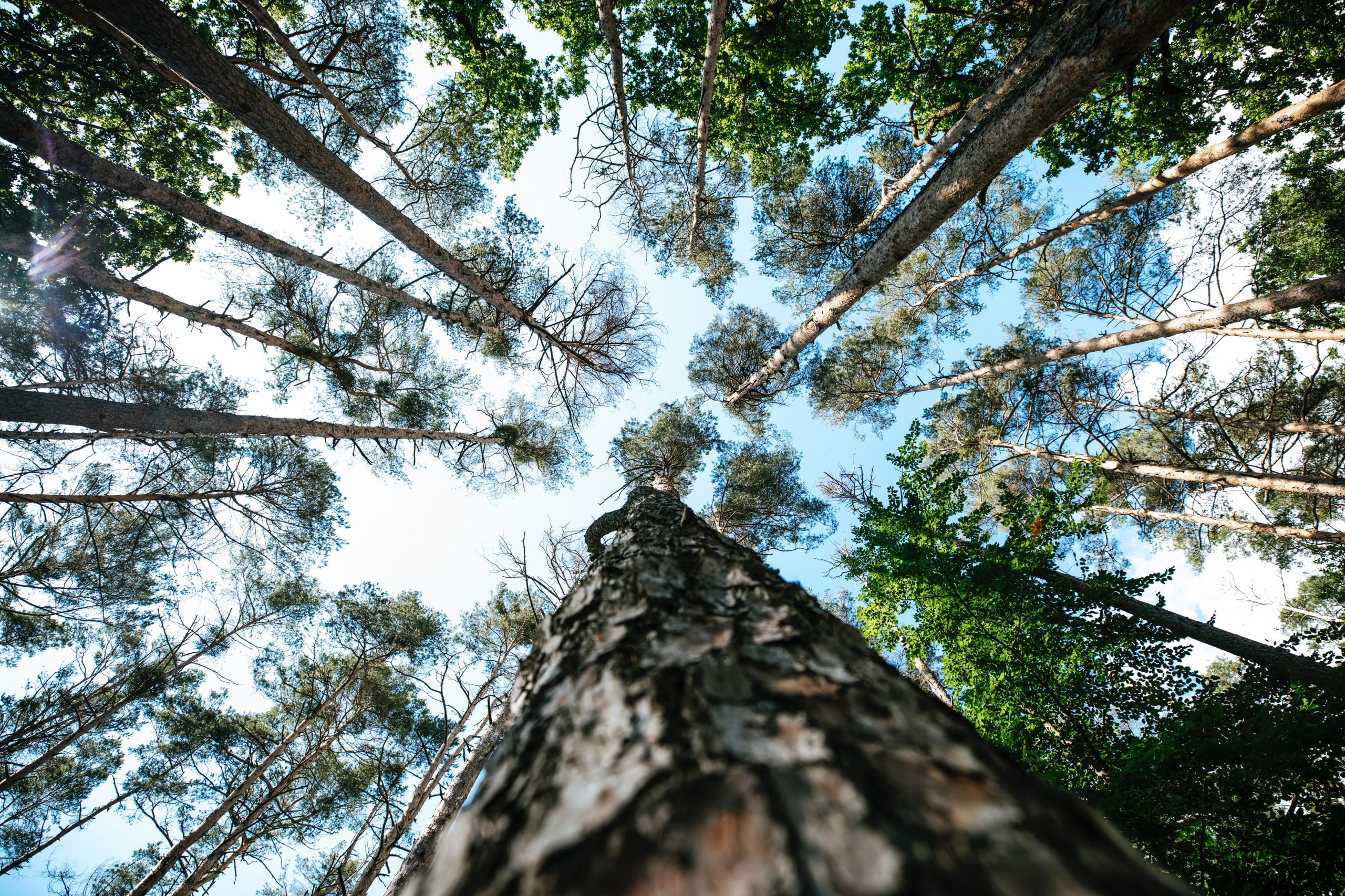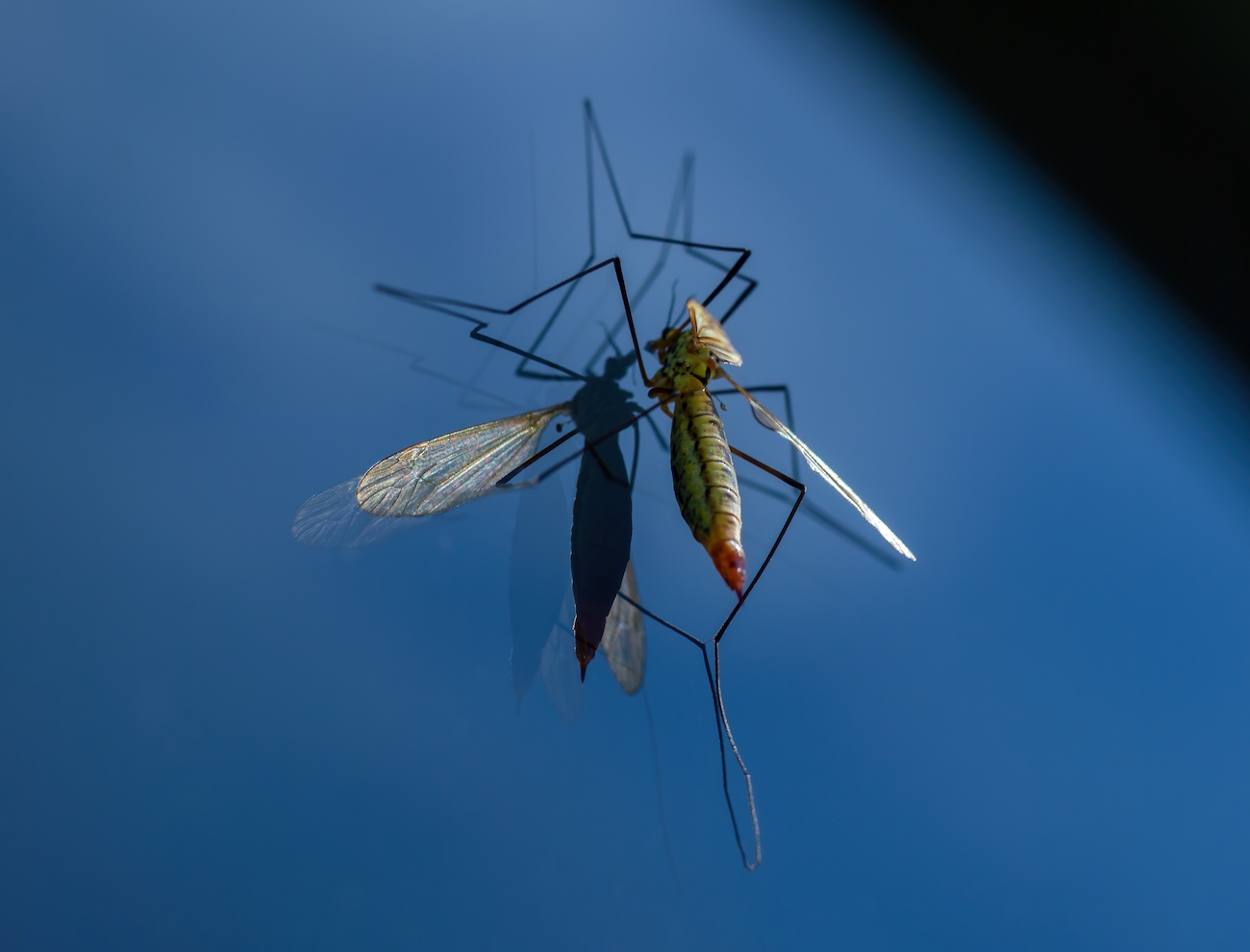An article by Ginevra Gatti
Fish and fish farming are of high importance for people’s nutrition, health and employment, especially in the poorest countries of the world. In 2016, nearly 60 million people (14 percent of them women) were directly employed in fisheries and aquaculture sector (40.3 million and 19.3 respectively) as stated in the new FAO report “The State of World Fisheries and Aquaculture 2018“, which highlights the critical importance of fisheries and aquaculture for the food, nutrition and employment of millions of people, many of whom struggle to maintain reasonable livelihoods.
Fish represents almost the 17 % of animal protein consumed by the global population. Nevertheless, international trends mask the crucial dietary contributions fish makes in poorer countries such as Bangladesh, Cambodia, Gambia, Ghana, Indonesia, Sierra Leone, Sri Lanka and some small island development states, where fish supplies 50 % or more of people’s protein intake.
In fact, although the amount of fish being captured in the wild plateaued has remained largely stable since the 1990s, the quantity of fish consumed globally has been growing for decades (from 9.0 kg per capita in 1961 to 20.3 kg in 2016), and the annual growth rate of food fish consumption has surpassed that of meat from all terrestrial animal combined.
Asia ranks as country number one, having consumed more than two-thirds of the global total of 149 million tonnes of fish in 2015, while Oceania and Africa consumed the lowest share, and Europe, Japan and the United States of America together accounted for about 20 percent.
Such an expansion in fish consumption has been driven by a combination of many factors – such as increase in production, improved distribution channels and growing demand – among which the rapid expansion of aquaculture production played an important role (in 2016 it came to provide 53 % of all fish for human nutrition). Although aquaculture’s growth rate has currently slowed down, the sector still develops faster than other major food production sectors and will continue to do so in the coming decades, especially in Africa.
A major concern according to the FAO’s report is the status of wild fish stocks and the sustainability levels of fisheries, which should be addressed through stronger fisheries laws and regulations, more effective actions against offenders, partnerships in policy coordination, financial and human resource mobilization and deployment of advanced technologies (e.g. for monitoring fisheries) to detect and fight IUU (Illegal, Unreported and Unregulated) fishing. Besides, measures to face problems caused by microplastics and marine litter pollution should be taken.
Climate change is also a key issue in the fish industry. The report explains that climate change is causing the redistribution, not fully predictable, of several marine species, and that the increased uptake of carbon dioxide by oceans is increasing water acidity with still doubtful effects on the full ecosystem. Moreover, competition for water, changes in the water cycle, increased frequency of storms and sea level rise are all expected to affect both inland fisheries and aquaculture industries. As a result, climate change will substantially alter not just the functioning of the marine ecosystem, but also the business of goods and services linked to it. The effects on marine fisheries production may be just as relevant as those in crop agriculture, which is often claimed to be the sector most affected by climate change.
Finally, the report provides important information on prospects regarding fisheries and aquaculture production, fish consumption and market related issues, in the projection period up to 2030. In particular, total world fish production and consumption are both expected to increase over the course of the projection period, tough at a lower annual growth rate compared to the past. A major contribution in production would originate from aquaculture, while primary production of the global ocean will probably decline. Nevertheless, in such predictions, geographical variability is crucial. In fact, although fish consumption in per capita terms is projected to increase in all regions of the world, a decrease will likely occur in Africa. Moreover, as far as the impacts of climate change are concerned, they will be predominately negative in tropical regions, while opportunities will arise in temperate ones.
In all probability, China will continue to be the world’s top fish producer and exporter of fish and fish products, followed by Norway and Vietnam. Europe, the United States and Japan are currently the world’s largest importers.
Read more:
FAO press release.
FAO’s official world fishery and aquaculture statistics, in the section dedicated to the report.
Download The State of World Fisheries and Aquaculture 2018 full report, booklet and flyer (in pdf).






